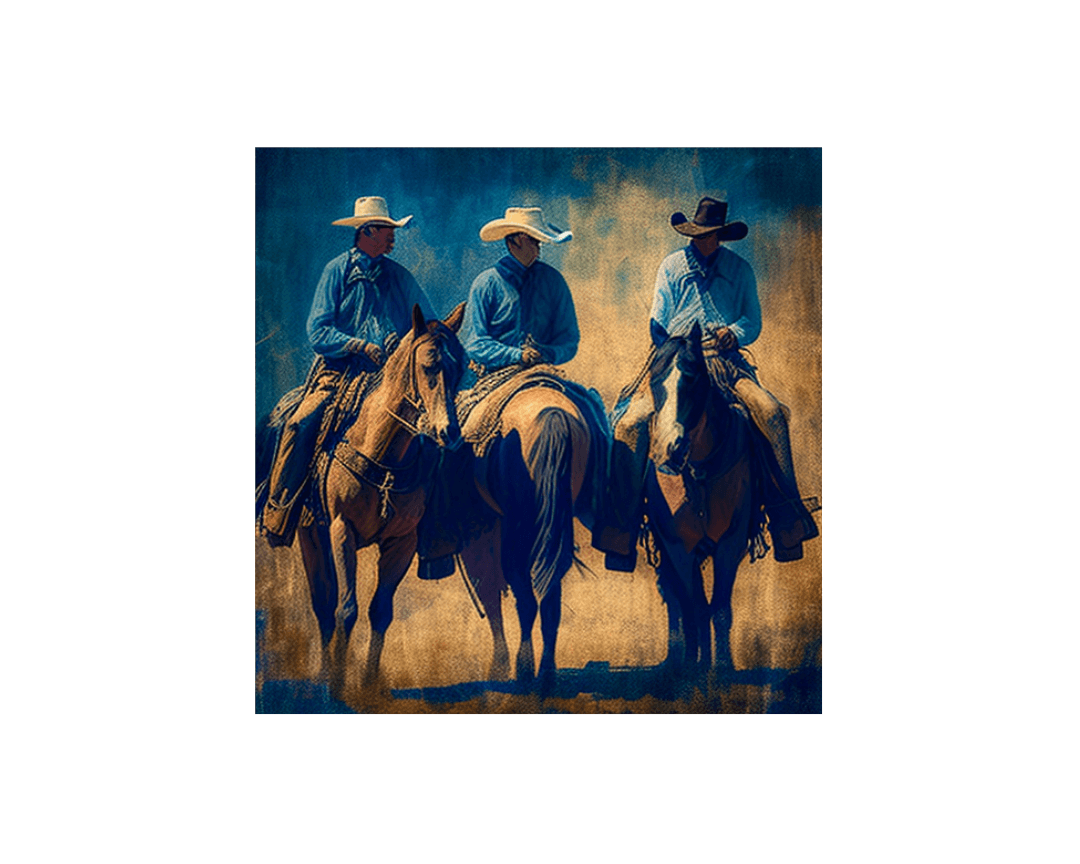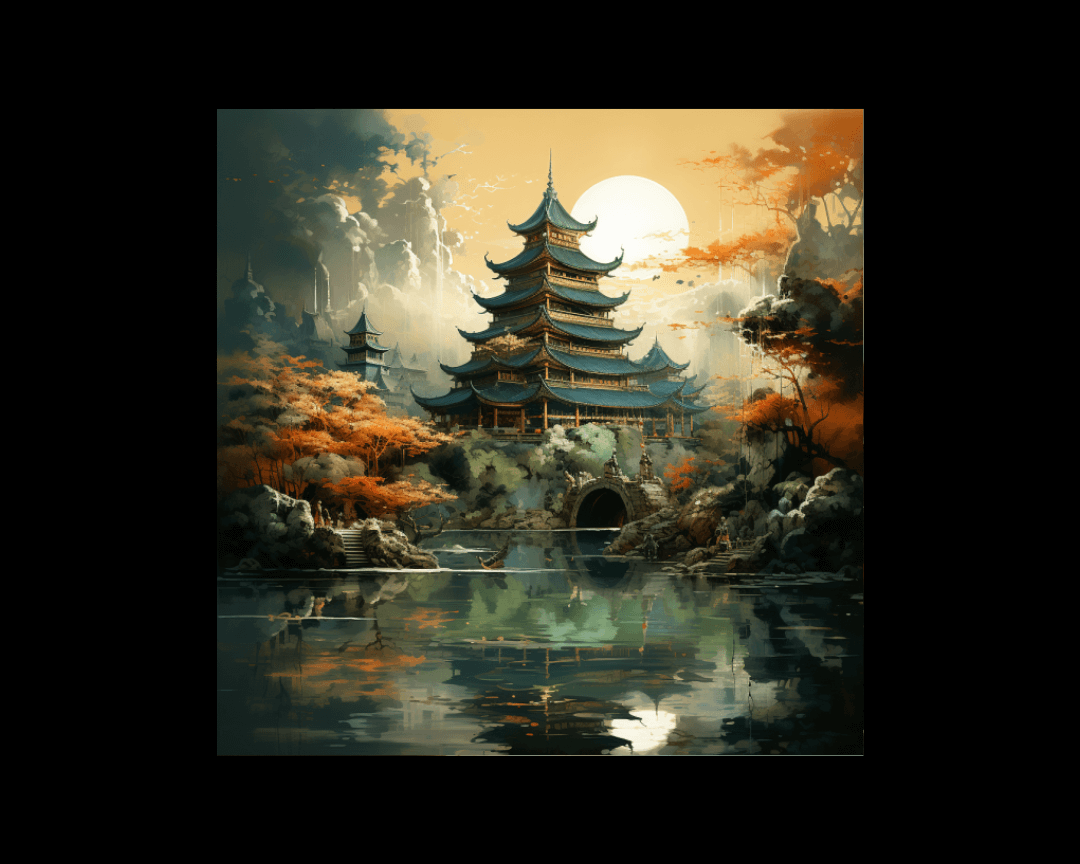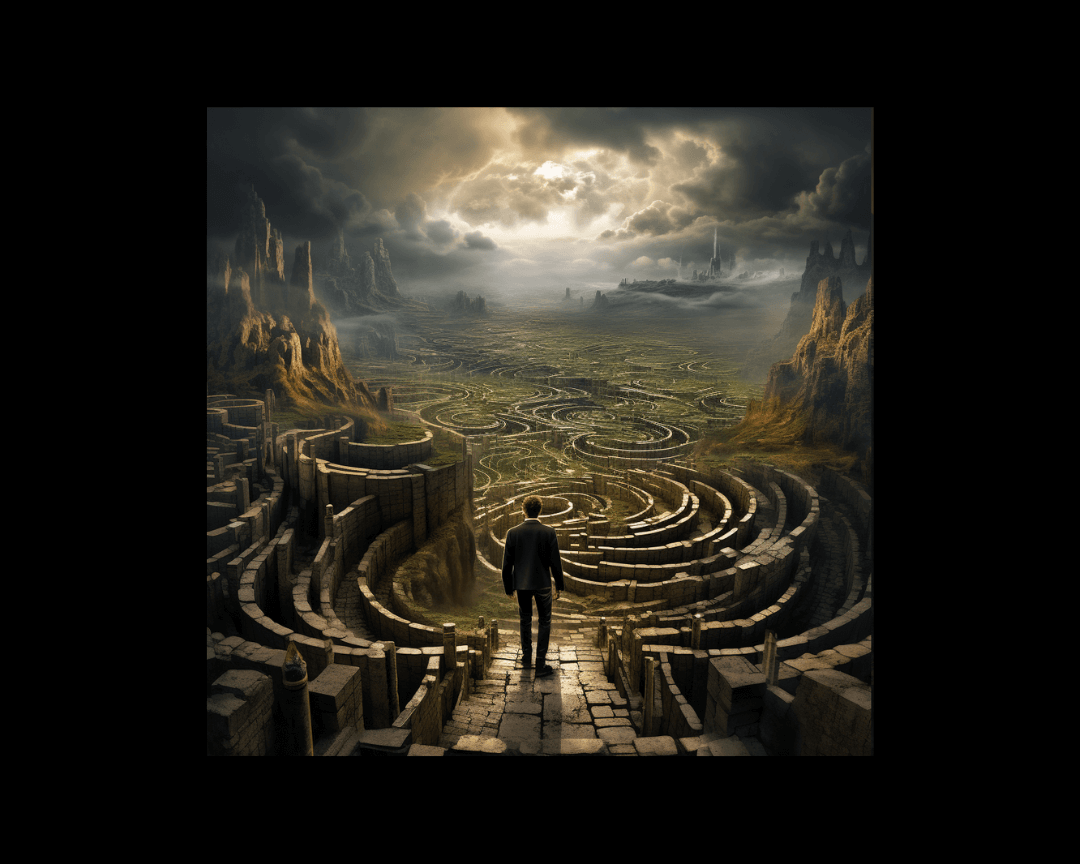Exploring Storytelling Across Cultures
Are the principles of storytelling really universal across cultures? When you examine your bookshelf, you're likely to find a mix of European and...

As long as there have been people on earth, there have been stories to tell. Humans have used storytelling as a way to educate, entertain, and inform others of the world as we encounter it. Its practice exists across all cultures, religions, places and spaces.
Storytelling is an art, an ancient skill that is passed down from generation to generation. What once began likely as grunts and hand gestures has evolved into a complex and diverse practice that has taken on various forms.
Despite what people may think, storytelling is not solely trapped between the covers of a book. It happens everywhere, by everyone, whether it is obvious to you or not.
That is the beauty of storytelling as a practice. It transcends barriers, it travels time, it delights the hearts of the weary, and gives hope to those who are desperate to find it.
Before there was writing, there was oral storytelling. It is an ancient practice that has largely influenced the way civilization has developed and can be traced back to the earliest human societies.
In the early days, oral storytelling served a very important purpose: how to survive. With survival in the #1 spot on the to-do list, generations after generations shared the ways that they could hunt, gather, and exist safely in their communities. It also provided a way to make sense of their own experiences and share that knowledge with others.
For many cultures, the storytellers are the prized possessions of any community. They have the ability to recall lengthy histories, have excellent memories, and a flare for engaging those around them.
Oral storytelling was historically the primary means of preserving cultural heritage and sharing that with future generations. Even today, oral storytelling plays a critical role in many indigenous cultures to maintain a connection to the land, ancestors, spiritual beliefs, and teachings. Without the exceptional skills of oral storytellers, we would find it much more difficult to understand our place in the world.
Storytellers are often the most trusted and cherished people of any community, and in some cultures, that results in them being the most desired (and having the most children). If that doesn’t tell you how important they are, I don’t know what will. These professionals, such as griots, bards, and troubadours, were tasked with preserving the history of their cultures and it was certainly no small endeavor.
In West African cultures, griots were oral historians, poets, and musicians. They were often called upon to recite, share, or perform at weddings and other ceremonies. Bards were the storytellers of ancient Celtic cultures tasked with the tall order of reciting poems, myths, and the epic legends of their people. Similarly, troubadours were poets and musicians in medieval Europe that entertained people with their stories of chivalry and romance.
Throughout history, many cultures have used storytelling as a way to find common ground or a sense of understanding with invaders and oppressors. Across Africa, stories were used as a way to illustrate cultural norms and eliminate the Eurocentric perspective that Africa was a savage continent devoid of culture. Several waves of imperial power made their way through the continent forcing the tribal storytellers to lean in and hold dear to their wisdom and heritage lest it be wiped clean from the continent.
In Native American cultures, the vivid and dynamic storytelling of their elders has become an inspiration to people around the world. Not only does it serve to pass down history, traditions, and cultural values, it has opened the doors of understanding to cultures beyond their own. Their stories tie them closely to their Creator, connecting them with the land and their ancestors to protect the history behind him.
Storytelling is a very intimate experience for many cultures around the world. The storytellers of any tribe, community, or culture are prized and cherished for their ability to engage, educate, and entertain. They are often seen as the thread that weaves the community together – they must be protected and cared for.
Close your eyes. Envision a roaring campfire and wide open moon-lit sky. Take a deep breath. The smell of leather, searing steaks, and fresh fodder for the horses envelop your nostrils. Listen closely. Twigs snapping underfoot, a hoof pawing at the ground, the crackle of the blazing fire before you. A coyote calls across the untouched landscape.
A story has begun to unfold around the campfire and you are none the wiser.
After a strenuous day working the land, shuttling cattle from here to there, the cowboys of the American West settled into their seats for an evening of camaraderie around the campfire. Cowboys shared their stories and songs of hardship and heartbreak, with slivers of entertainment to lift their spirits.
Take one look back through the history of cowboys and you’ll understand why hardship and heartbreak became the undercurrent of the cowboys we know and romanticize today. Cowboy culture began in the 16th century as the vaqueros from Spain immigrated to land that is now known as Mexico to move cattle across the land.
Vaqueros brought with them the skills and techniques that were needed to succeed in the cattle industry. Tough, rugged, and often single young men from Spain and Mexico brought their rich traditions in storytelling to pass the time and provide entertainment for their comrades.
The most legendary of stories included epic cattle drives, heroic cowboys, and taming rank horses. Many stories often had moral lessons woven into them, or were used as a way to impart knowledge on ranching and cattle herding.
Cowboy culture is alive and well in America today, which is evident in the way that it has been heavily romanticized. (Hollywood loved John Wayne, who couldn’t?).Western movies, novels, songs, and television shows pull from the vaqueros' rich tradition of storytelling and have many generations of people around the world on the edge of their seats wanting more. Without the vaqueros’ impactful presence and storytelling traditions, the cowboy culture and stories of hardship and heartbreak would have been long forgotten.
Imagine a world where our ancestors had no way of sharing their experiences and wisdom… as they say, history repeats itself. There is no doubt that without an active preservation of history through storytelling, humankind would fail to avoid the mistakes and missteps of days gone by. Not only this, but the wisdom shared across generations is pivotal in encouraging cooperation, camaraderie, empathy, while also boosting morale and strengthening resolve in times of crisis or oppression.
Take one look at the movie theater's hot list and there’s a good chance you’ll see some type of war or conflict-related showing. The hero leads the way, an evildoer is thwarted, bringing hope for mankind. The stories woven through and around wartime are gripping, and for those who have experienced it first hand, storytelling can be cathartic.
Storytelling has played a pivotal role in preserving humanity and providing a sense of hope during times when survival seemed impossible. During times of conflict, people often turn to stories as a way to cope with the uncertain and grueling futures they face.
There are many memoirs written by soldiers who have endured the unspeakable, and sharing their experiences can be cathartic and healing. The stories they have written and shared, whether factually true or not, are a way for future generations to understand the way that life felt and looked during days that we hope to never see again. Similarly, older generations share their tales of the front lines to encourage and support their loved ones pushing off for the fight.
Soldiers’ stories were also a way to boost morale, get the ol’ boys fired up, and bring a little lightness to the weight of the world around them. Heroic tales of near misses and successful operations abound to rally the troops.
Aside from the frontlines, war terrorizes every corner of a country under attack. Culture has been a predominant reason that war breaks out in the first place. The “offending” culture is sought out to be destroyed, wiped from existence. In these instances, the soldiers at the front lines aren’t the only people relying on a sliver of hope shared through a story.
Prisoners of war and people imprisoned at the concentration camps during the Holocaust relied heavily on storytelling to provide hope for the future. When there was seemingly nothing else left to their lives, stories were the drivers of hope. The survivors of these horrific events have given the world an opportunity to listen and learn from the impact war has had on their lives, and are preserving history through their firsthand account.
No matter what war, or where it occurred, storytelling can help preserve humanity in the face of conflict and oppression. It can provide a way to process and understand the experiences of war. It gives us an opportunity to avoid the mistakes of the past and to find common ground with those we don’t agree with.
Stories are a pivotal part of humankind – they are how we connect and build relationships. Without them, the world would be a very drab place to be. But as time passes and new technology emerges, it is becoming increasingly important to hold on to the traditions of the past. Especially so, the art of storytelling.
Some may argue that technology enhances storytelling, but I have to disagree. Of course there are benefits to new technology, but at what cost?
The quick-fix platforms (looking at you social media) truly hinders the deep work that can be done by storytelling. Now more than ever, people have limited attention spans and are fixated on how quickly they can get to the point. Storytelling, by its core essence, is slow and deliberate, methodical and all-consuming.
Technology has created an echo chamber of identical information through algorithm-driven content distribution. It has resulted in a disconnect of genuine human connection, and has irreparably shortened the attention span of those that consume it. A little dramatic? Probably, but we’re losing touch with the emotional impact and depth that is so essential to exceptional storytelling.
We’re at a critical juncture. Technology and human connection are in a standoff, sensationalism has taken hold of the masses, and substance is left by the wayside.
But not all hope is lost, not yet anyways.
Storytelling is a practice that has been used since the dawn of humankind to pass on knowledge, share hope, and preserve cultural traditions. No matter where you are in the world, people have long been using storytelling to find common ground, create empathy and understanding, and foster relationships. Whether it be through visual, oral, or written words, storytelling is an art that opens the doors to humanity.
As technology advances, storytelling as a practice has evolved and will require intentional preservation to ensure that the richness and diversity of the human experience continues to be shared for generations to come. It’s a ubiquitous human practice that transcends time and knows no boundaries. It's an artform to be cherished and protected at all costs.
We are bestowed with this great gift to educate, entertain, and inspire, and should honor it with our dedication to preserving the craft.
Everyone has a story to tell. Go tell yours.
Do you have a story to tell? We’ve got expert storytellers at Hire a Writer who can craft a message unlike any other. Contact us today.

Are the principles of storytelling really universal across cultures? When you examine your bookshelf, you're likely to find a mix of European and...

Storytelling is a complex journey where characters grapple with three fundamental oppositions: character vs. character, character vs. nature, and...

Storytelling is a universal art that has captivated audiences across cultures and generations for centuries.